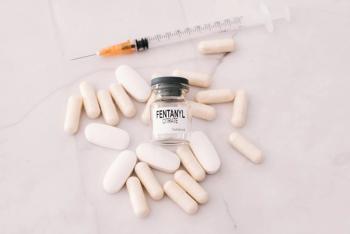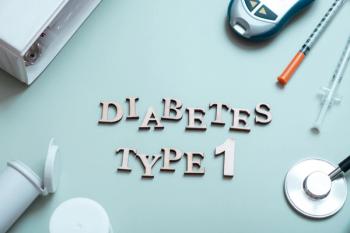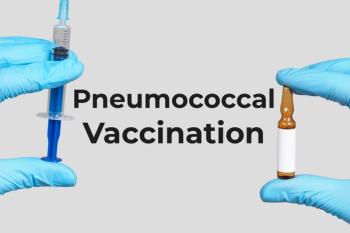
- Drug Topics November 2018
- Volume 163
- Issue 11
Simple Communication Techniques Can Increase Patient Comprehension
Only 12% of U.S. adults are proficient in health literacy, but you can help increase understanding through your presentation styles.
Simply handing over a sheet of dense safety information or quickly firing off a list of medication instructions isn’t going to be enough for many patients. The National Assessment of Adult Literacy, which was published in 2006-and is the only national data on health literacy skills, according to the CDC-found that only 12% of U.S. adults were proficient in health literacy. The assessment also found that more than one-third of adults would have difficulty with common health tasks, such as following the directions on a prescription drug label.
No matter how you present patients with information, using simple communication techniques can help them understand the important tips you have for them. Here are a few easy tips to help improve your ability to communicate in plain language.
Use an Analogy
For example, when I first began practicing, my director of pharmacy told me he always used the idea of holding his thumb over a firehose and altering its position to explain the concept of high blood pressure and how diuretics work to lower blood pressure. Another example would be comparing how a bacteriostatic antibiotic fights infection to running defense on a football field: You can keep the offensive line (bacteria) at bay, but it doesn’t necessarily make them go away.
Explain the Why
We all have a natural tendency to misunderstand something because we stop listening if we don’t see the value in the topic presented. Would you pay attention to your pharmacist’s instructions on how to take that new green pill if you didn’t know what it was for or how it could help improve your health? It’s much easier to hold a person’s attention and help them grasp concepts once you establish the importance or the need.
Take the Makeup Artist’s Approach
Less is more. If you give the patient too much information at one time, no matter their level of competency, you will lose them and may even confuse them. Focus on illustrating the big concepts and provide important details sparingly based on your assessments of the patient’s level of engagement and understanding.
Make it Kid Friendly
Ask yourself, “Would my third-grader understand this concept given my current word choice?” If not, you probably need to scale back and consider using simpler language. Imagine explaining the concept to your neighbor or to one of your friends and apply a similarly casual approach to communicating with your patient. Just make sure you talk to the patient and not at them.
Be Culturally Sensitive
Whether you are speaking to a patient in English, Spanish, or another language, it’s important to consider how cultural habits and communication may affect a patient’s understanding of your information. It may also alter the information you choose to focus on during your consultation.
Plain Isn’t Bad
Understand that communicating in plain language does not mean you are dumbing down your speech or your own intellect. In fact, some data show that the higher the level of education, the more likely people are to want to read content in plain language.
At the end of the day, communication is about human connection.
Articles in this issue
almost 7 years ago
Opinion: Pharmacists Are More Than Just Drug Expertsalmost 7 years ago
7 Tips for Becoming a Better Manageralmost 7 years ago
Methods for Elderly Medication Managementalmost 7 years ago
Prescription Counseling Equally Applicable to THC Productsalmost 7 years ago
Small Doses: November Newsalmost 7 years ago
Boost Pharmacy Revenuealmost 7 years ago
Holiday Perspective of a PharmacistNewsletter
Pharmacy practice is always changing. Stay ahead of the curve with the Drug Topics newsletter and get the latest drug information, industry trends, and patient care tips.





















































































































































